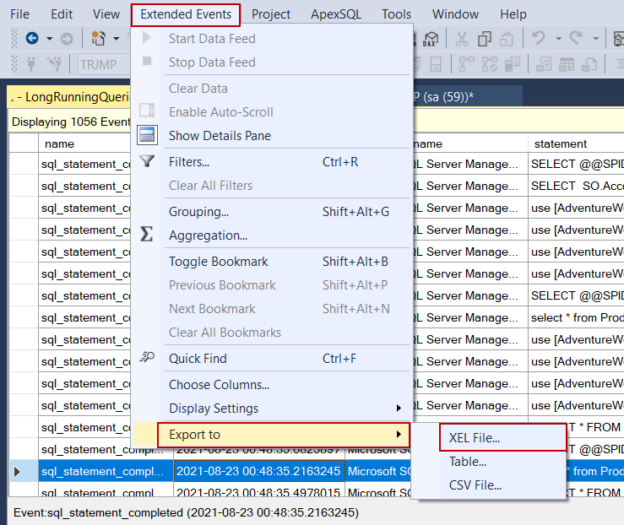
SQL Server Extended Events tips
November 17, 2021This article aims to provide some beneficial tips about SQL Server extended events that make it easier to create and use event sessions.

This article aims to provide some beneficial tips about SQL Server extended events that make it easier to create and use event sessions.
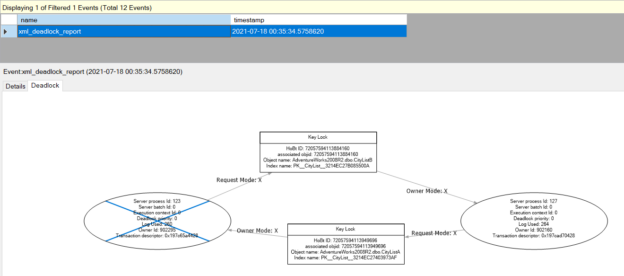
In this article, we will explore how we can use SQL Server extended events to monitor query performance in SQL Server.

This article explores the Causality tracking option in the SQL Server Extended Events session(XEvents) and its usefulness in troubleshooting performance issues.
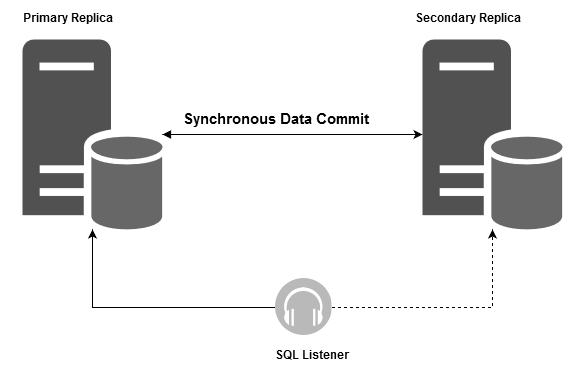
In this 33rd article of SQL Server Always On Availability Group series, we will use extended events to monitor the availability group.
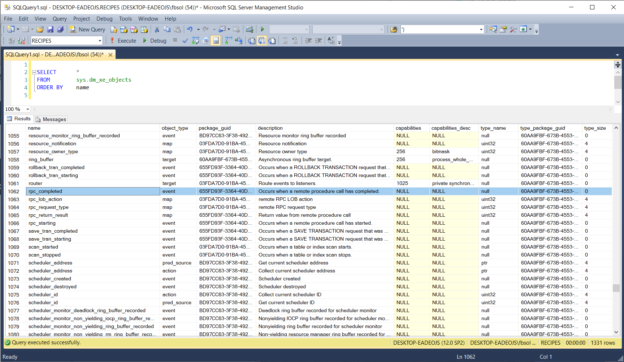
Introduction Often enough, multilayer software has bugs. SQL Server Extended Events system offers tools that can help find those bugs. A bug can happen in any layer – data, logic, or presentation. To fix those bugs, it helps to see the exact parameters and values that the presentation layer sends to the data layer. As […]
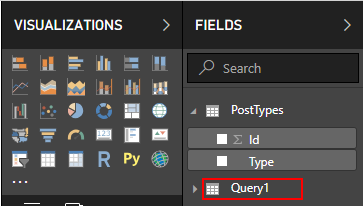
One shared characteristic among popular data visualization tools such as Power BI is the ease at which data can be extracted from a variety of disparate data sources, usually at a click of a button, as shown in Figure 1. Such convenience, though, tends to come at a cost as you often have little control […]

This article will provide an overview of manually creating a SQL Server audit using SQL Server Extended events and triggers. It will provide an overview of SQL tracing/profiling as well as extended events. I’ll walk you through how to create a new extended events session and how to use it, in a worked example, to […]
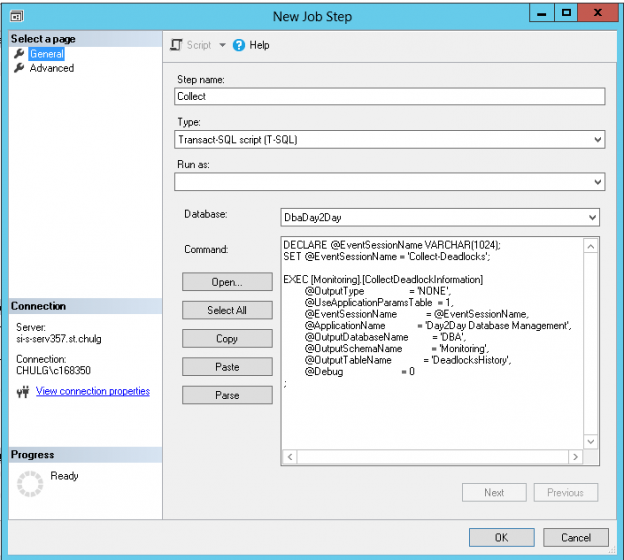
Introduction This article is the last one of a series in which we discussed how to collect data about deadlocks so that we can not only monitor them but also build reports based on our collection results.
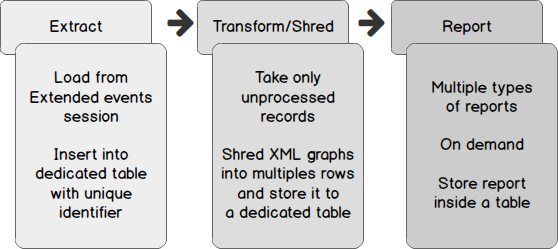
Introduction Context In previous article entitled “How to report on SQL Server deadlock occurrences“, we’ve seen how to extract deadlock information from either system_health or specialized Extended Event and store this information into a table in a SQL Server database. We also discussed a simple report which leads to the creation of a deadlock occurrences […]
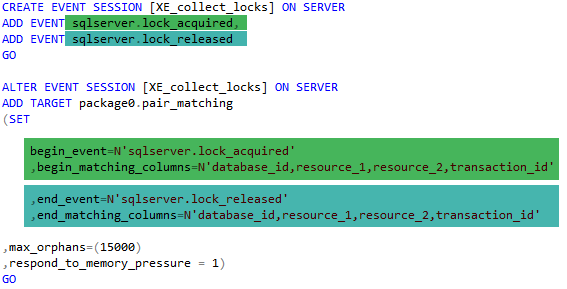
Extended event sessions can use multiple targets to store captured information. We should use different targets depending on the type of data we are capturing and the structure of the data outcome we desire. The available targets include the following: event counter, ring buffer, event file, histogram, event tracing for Windows (ETW), and Event Pairing.

An Extended events target is the destination for all of the information that is captured by Extended Events sessions. You can rely on couple of different targets such as event counter, event file, event tracing for Windows (ETW), ring buffer, event pairing, and histogram.
A secured database environment requires an authorization process in order to provide information access to its users. The same applies to a SQL Server instance.
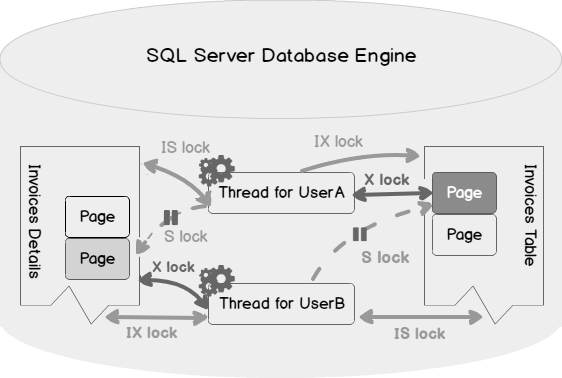
Performance monitoring is a must to do the task for a DBA. You should ensure that the database performance is optimal all the time without any impact on the databases. Performance issues act like an open stage, and you need to look at every aspect such as CPU, RAM, server performance, database performance, indexes, blocking, […]
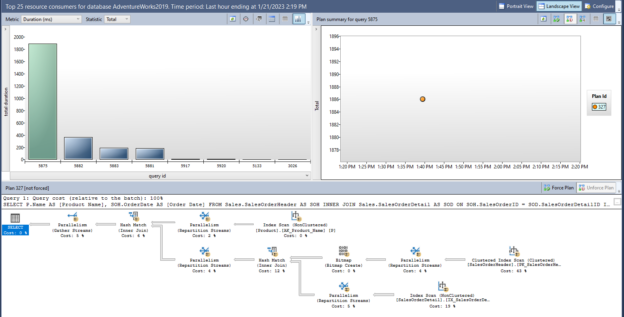
The purpose of this article is to give newbies some basic advice about SQL performance tuning that helps to improve their query tuning skills in SQL Server.
This article explains some of the popular SQL Server monitoring tools and techniques.
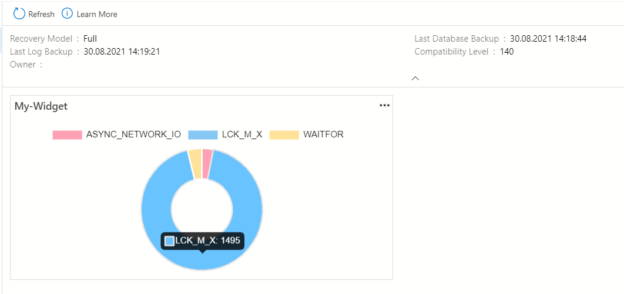
In this article, we will learn how to build a customized widget in Azure Data Studio that helps to monitor the performance metrics.
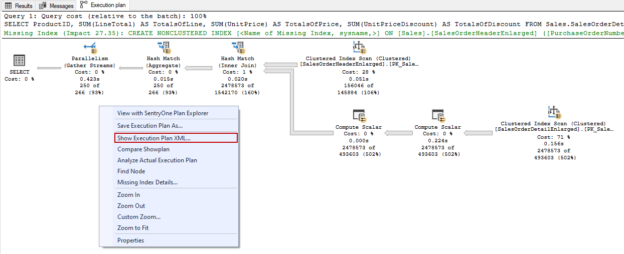
In this article, we will learn various methods of how to get an SQL execution plan of a query.
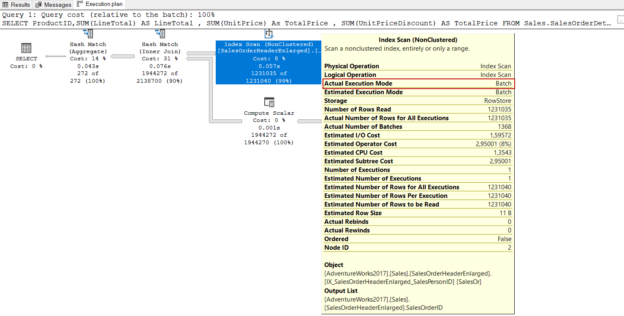
In this article, we will explore Microsoft SQL Server trace flags with all aspects, and we will learn also how to use them.
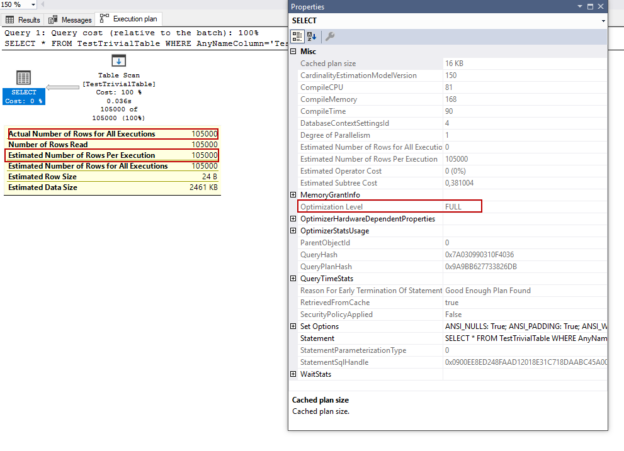
In this article, we will go through the details of the trivial execution plans and we will also tackle some examples about the trivial plans to explore effects on query performance.
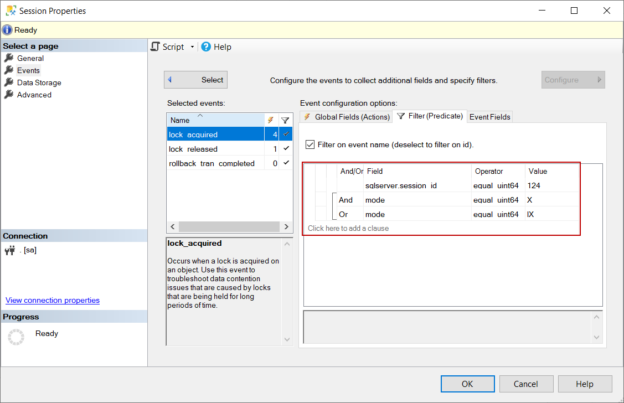
In this article, we will explore the details of what happens behind the scenes when a SQL delete statement is executed.
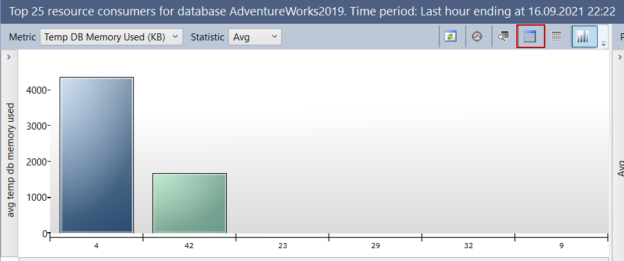
In this article, we will learn how we can detect which operations cause to fill up SQL Server tempdb through the dynamic management views.
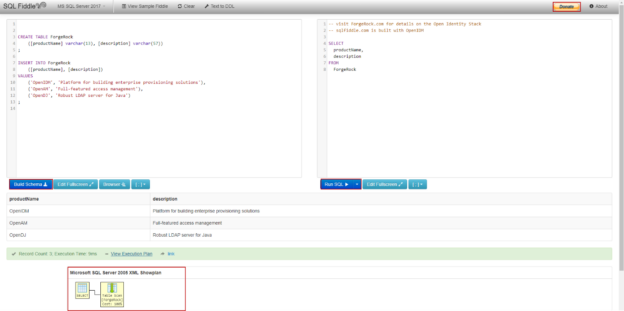
In this article, we will look at the 2 different SQL syntax checker tools that help to find the syntax errors of the queries without executing them.

This article will help you to learn and prepare SQL Server interview questions and answers. If you are looking for a job change or want to improve your interview skills, then you must go through with this article along with questions & answers given in this article. I have tried to answer each question in […]
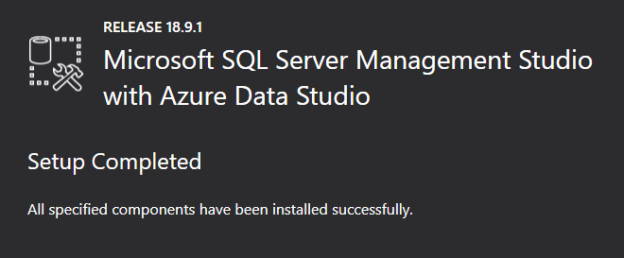
This article explains upgrading SQL Server Management Studio (SSMS) and Azure Data Studio (ADS) to their latest version with a single installation.

In this article, we will try to find out an answer to the “Could you Define Deadlocks with a Simple Example” question that might be asked for the database administrator interviews.
© Quest Software Inc. ALL RIGHTS RESERVED. | GDPR | Terms of Use | Privacy